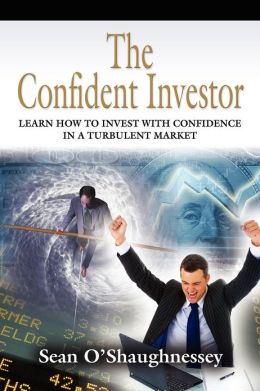Cirrus Logic, Inc. ($CRUS) Possible Buy to $38 Confident Investor Rating: Good
![]()
| Company name | Cirrus Logic, Inc. |
| Stock ticker | CRUS |
| Live stock price | [stckqut]CRUS[/stckqut] |
| P/E compared to competitors | Good |
MANAGEMENT EXECUTION
| Employee productivity | Good |
| Sales growth | Good |
| EPS growth | Good |
| P/E growth | Good |
| EBIT growth | Good |
ANALYSIS
| Confident Investor Rating | Good |
| Target stock price (TWCA growth scenario) | $41.94 |
| Target stock price (averages with growth) | $45.51 |
| Target stock price (averages with no growth) | $25.18 |
| Target stock price (manual assumptions) | $35.69 |
The following company description is from Google Finance: http://www.google.com/finance?q=crus
Cirrus Logic, Inc. is a United States-based company, which supplies high-precision analog and digital signal processing components for audio and energy markets. The Companys products include analog-to-digital converters (ADCs), digital-to-analog converters (DACs), codecs that integrate ADCs and DACs into a single integrated circuit (IC), digital interface ICs, Class D digital amplifier controllers and power stages and audio DSPs. Its products are used in consumer applications, including smartphones, tablet personal computers (PCs), audio/video receivers, portable media players, soundbars, complete home theater systems, set-top boxes, gaming devices, sound cards and digital televisions (TVs). The Company offers applications for products within professional markets include digital mixing consoles, multitrack digital recorders and effects processors. Its applications for products within automotive markets include amplifiers, satellite radio systems and multispeaker car audio systems.
Confident Investor comments: At this price and at this time, I think that a Confident Investor can confidently invest in this stock. It is very rare for a company to have this much green in my analysis. It is a good way to end the 2012 year especially since, at this writing, Cirrus is significantly undervalued in my opinion.
If you would like to understand how to evaluate companies like I do on this site, please read my book, The Confident Investor.

